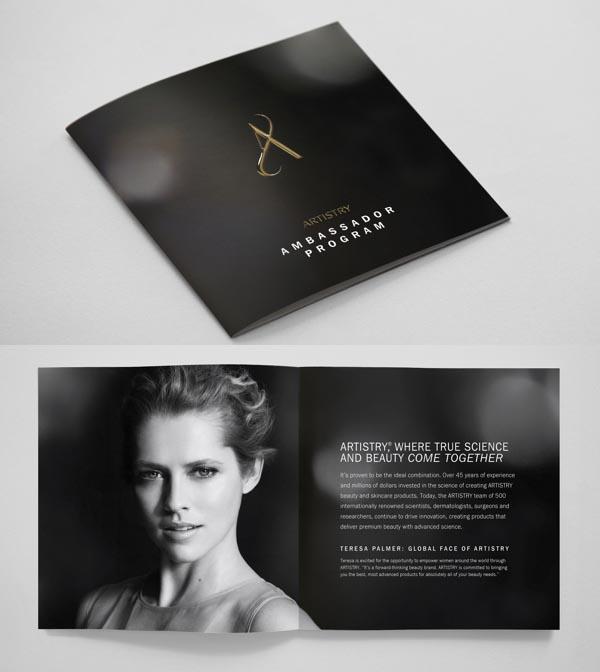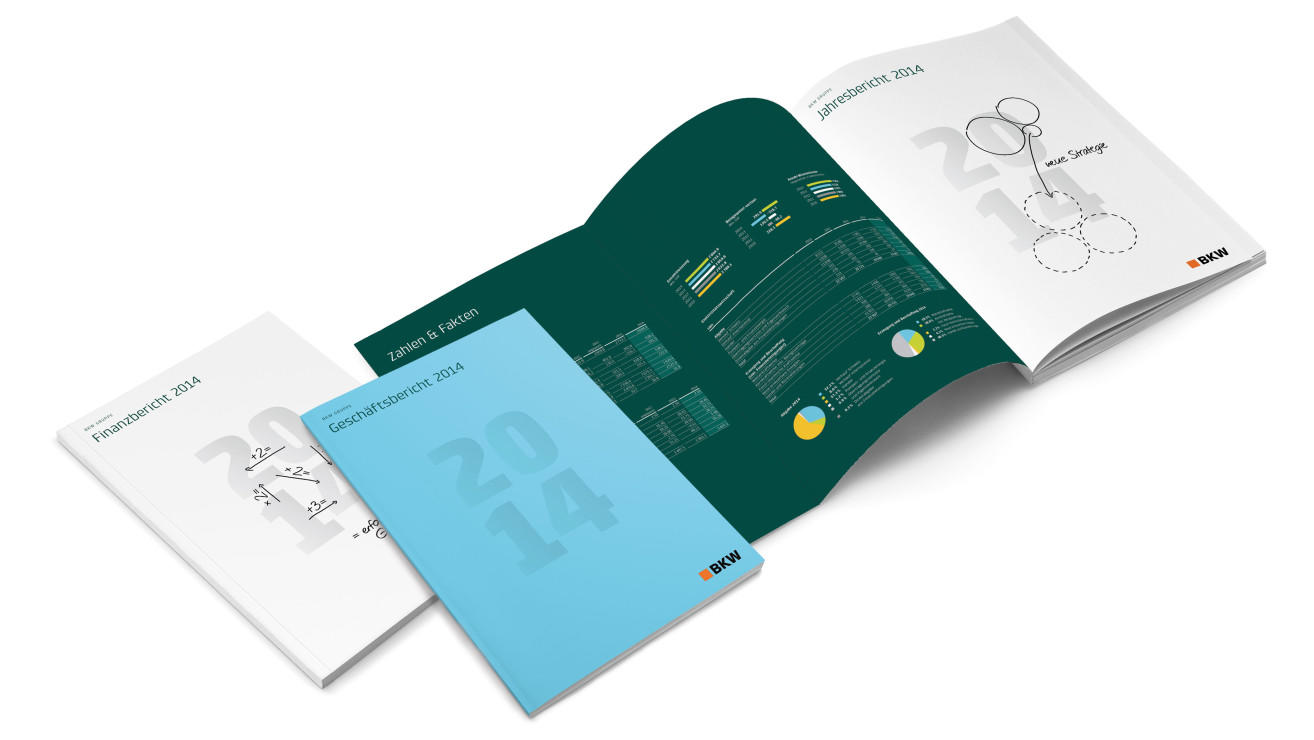Corporate identity and Family Business
Introduction
The notion of corporate identity is much more popular nowadays in comparison to previous years. It should be added that “corporate identity” has become a topic of various discussions together with other two concepts — “corporate image” and “corporate culture”. In a modern business, corporate identity is what makes the company unique in the highly competitive markets. Companies adhere to a variety of methods to render their culture and intentions. The family business is also a type of business. It can be used for the creation of corporate identity as well.
The notion of corporate identity
The increasing significance of corporate identity may be regarded as a consequence of changes in the business environment. According to Bouchet, the overabundance of available information, technological progress, and shifts in human mentality predetermine the need to emphasize the particular corporate identities (1). It is extremely easy to become lost in a vast flow of information. Consequently, it is necessary to differentiate the company in some way. Also, consumers are becoming more socially and environmentally aware. For instance, the company’s approach to waste management may become a significant aspect of the successful corporate identity.
The corporate identity may be defined as the way the company demonstrates and perceives itself. Some people consider that corporate identity can be achieved via the establishment of rigid rules of behavior for employees, managers, and other staff. In fact, corporate identity is more about the company’s representation of its actions. It is an ideal of corporate performance. Bouchet also writes that corporate identity refers to the choice of the communication strategy with market utilizing particular signs (4). These signs include brandings, advertisement, logo, and human resources management politics.
Brochures can be used as efficient sources for the creating and rendering of corporate culture. The following picture is the example of the brochure of Artistry — world’s premium beauty brand (“Artistry Ambassador Program” n. pag.).

The brochure is used to reveal that the company pays emphasis on the combination of beauty and science. The corporate identity is achieved via the referring to scientific approaches to making beauty products. It should be added that the internet site of the company enhances corporate identity too. Logo, brand, and message to customers are connected to the overall corporate identity (“Artistry” n. pag.).
Annual reports comprise another significant source of the corporate identity. Ditlevsen has investigated annual reports of six Danish companies such as Syndbank and Carlsberg to comprehend their relation to corporate identity. The results have shown that all firms utilize various visual signs in their reports to render particular meanings. The corporate identity is achieved in several ways via annual reports.
First, annual reports are used to enhance investor relations. Second, the communicative perspective assists in telling company’s story. Finally, the annual report is an efficient way to describe corporate identity for stakeholders, investors, employees, and society (Ditlevsen 382). The following picture is the example of the annual report of BKW company (“Unveiling a new brand — BKW’s annual report”).

Finally, advertising is another way to create the company’s image and represent itself. For instance, the company Dupla employs advertising to tell the target audience that their brand aims at making colors that are very close to real ones. Here is the example (“Ellus ad”).

Family Business
The family business has been a separate theme for discussions among numerous researchers. The primary topic concerned the controversial nature of the family business. Thus, some scholars believe that family business is extremely challenging while others consider it to be an effective way to remain competitive in the sphere. The practice shows that family-run businesses have several differential features. In most cases, family owners care about company’s future more in comparison to executive directors. The family business may be also used as a distinctive feature of the creation of the corporate identity of the organization.
It is important to refer to the article of Evelyn Micelotta and Mia Raynard, who have investigates the usage of the family component in companies’ branding strategies. Micelotta and Raynard write: “after extracting the denotative and connotative meanings associated with the web content [from official corporate websites of a sample of the world’s oldest family firms], we delineated three distinct strategies through which these companies communicated their corporate brand identity to external stakeholders: family preservation, family enrichment, and family subordination” (198).
It is significant to examine the way family component may be used for the creation of corporate identity. The same research has found out that family businesses utilize particular visual and textual contents in their official websites. Visual components include pictures of family members at different times, the usage of family crests in logos, delicate colors, “handwriting” fonts, and the family name that is usually the name of the company. Textual components are mentioning of long experience, the introduction of quotations, and biographical elements of famous family members. All these features represent families as carriers of identity.
The emphasis on past experience increases respect towards the company. The mentioning of several generations makes consumers believe that these people are devoted to their work. Family relationships are associated with something close and native by potential customers and stakeholders (Micelotta and Raynard 203). The largest family-based companies in the world include ArcelorMittal, Hyundai Motor, BMW Group, Fiat, Ford, Samsung Electronics, Toyota Motor, Volkswagen, and Walmart (“Top 10 Largest Family Businesses in the World” par. 1-12).
Ethology, Taylorism, and Ergonomics
Introduction
The investigation of the organizational behavior is significant for the evaluation of the peculiarities of people’s performance in the workplace. It is also important to the proper organization of the working process and finding the most efficient approaches to management procedures. The organizational behavior is usually studied on three levels. The first level examines the behavior of the companies. Behavioral patterns within working groups comprise the second level while attitudes among individuals are the third group. There are various theories aiming to explain peculiarities of the organizational behavior or the best approaches to its monitoring. Approaches from other disciplines have been used for this purpose as well. These approaches refer to the notion of ethology, Taylorism, and ergonomics.
The notion of ethology
Ethology belongs to the biological theories of development. In this context, the ethological theory studies the development and acquisition of peculiar characteristics because of evolution. It examines the behavioral patterns in various species. For instance, a simple cry is a behavior that helps an infant to survive. A cry is the signal of pain or hunger, and it makes the caregiver take necessary actions (Champoux 109).
Konrad Lorenz was the first who tried to relate human behavior (in organizations including) to the ethological perspective. Before its evaluation, it is important to mention the reasons for such investigations:
- “Knowledge of the evolutionary constraints of human behavior in the social realm can tell us how far we can go with normative prescriptions expected by policy-makers” (Reschke 6);
- It assists in understanding between differences in theoretical and real behavior of individuals;
- It can be useful for making predictions.
Lorenz primary findings concerning the relation of ethology to organizational behavior include:
- Human beings perceive any environment on the basis of evolution;
- Problems predetermine the acceptance and one’s relation to the environment;
- Adaptation is an important element of evolution. In the competitive sphere, organizations have to adapt to the market and change their behaviors;
- Schemata (mechanism of recognizing particular patterns) predetermines the organizational behavior. In organizational behavior, it can be referred to technological progress, policies, stereotypes that influence that choice of actions;
- Lorenz’ animals imprinting concept was further developed by Stinchcombe, who introduced the idea of organizational imprinting. This idea presupposes the evolution of organizational practices because of previous experiences (Reschke 9).
Taylorism & ergonomics
The theory known as “Taylorism” is often regarded as one of the first attempts to create current management theories. Frederick Taylor was one of the theorists who developed efficient ways for the improvement of organizational behaviors. Taylor was appointed as a chief engineer at the steel company. He became dissatisfied with the way the work was conducted by workers. Also, Taylor noticed various unclear and unjust moments in the working process. His great contribution, the work “The Principles of Scientific Management” was published in 1909. Before Tayorlism or scientific management, the workflow was as follows:
- Managers had little or no contact with employees at factories;
- Workers had no requirements concerning the amount of work that should have been done;
- The primary motivation was to have a long-lasting employment, and it impeded the efficiency and speed of working process.
Basic ideas of Taylorism include (“Frederick Taylor and Scientific Management” par. 1-6):
- Simplification as well as job optimization bring positive outcomes;
- Taylor supported the idea that workers’ daily payment should be based on the amount of work done during that day;
- Those workers who were more energetic and productive would receive higher payments in comparison to others;
- The need for standards of working performance;
- Standards should be measured scientifically with the help of mathematical calculations and real life observations.
Ergonomics is a science that investigates the interactions between individuals and different working systems. Ergonomics refers to the creation of the safe working environment for all employees. The organizational behavior is directly connected with ergonomics. Thus, the working environment influences the efficiency of the overall performance and interaction among workers. The effective working environment stimulates the positive and creative working behavior. Consequently, it is necessary to provide workers with everything needed. The universal principles of ergonomics are as follows:
- Maintenance of the neutral posture at any workplace. Regardless of the type of occupation, the body position of the workers should be under minimum stress;
- Free access to the most needed tasks. An employee should not face difficulty in reaching the particular device or start doing some work. The tasks should be done in the so-called “comfort zone”;
- The importance of stretches and movements. The worker should avoid spending too much time in the same static position;
- Reduce muscle efforts. The task of the designer is to provide workers with the most efficient working places. Vibrations, movements, and the need to use excessive force should be reduced to the minimum (Middlesworth par. 4-20).
Works Cited
Artistry. Alticor, n.d. Web.
Artistry Ambassador Program 2012. Web.
Bouchet, Dominique. What is “Corporate Image” and “Corporate Identity” — and why do people talk so much about it? n.d. Web.
Champoux, Joseph. Organizational Behavior. London, United Kingdom: Routledge, 2010. Print.
Ditlevsen, Marianne. “Revealing corporate identities in annual reports.” Corporate Communications: An International Journal 17.3 (2012): 379-403. Web.
“Ellus ad” n.d. Web.
Frederick Taylor and Scientific Management n.d. Web.
Micelotta, Evelyn, and Mia Raynard. “Concealing or revealing the family? Corporate brand identity strategies in family firms.” Family Business Review 24.3 (2011): 197-216. Web.
Middlesworth, Mark. Fundamental Ergonomic Principles for Better Work Performance. n.d. Web.
Reschke, Carl. Foundations for a Theory of the Organization, Institutions and Technological Evolution in Human Ethology. 2001. Web.
Top 10 Largest Family Businesses in the World n.d. Web.
“Unveiling a new brand — BKW’s annual report” n.d. Web.